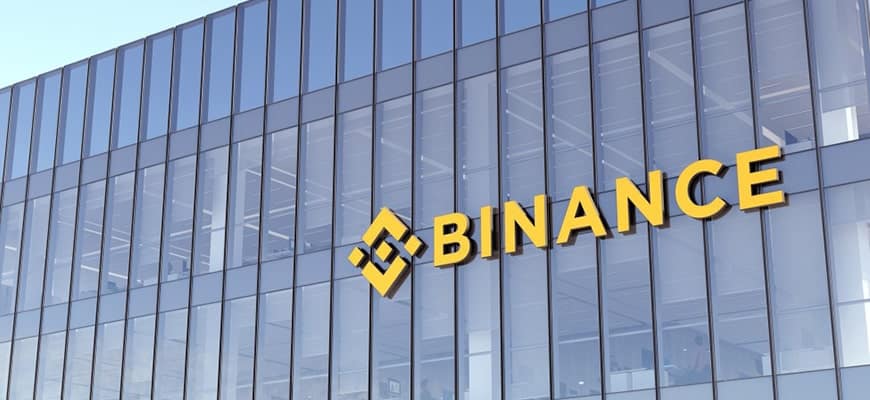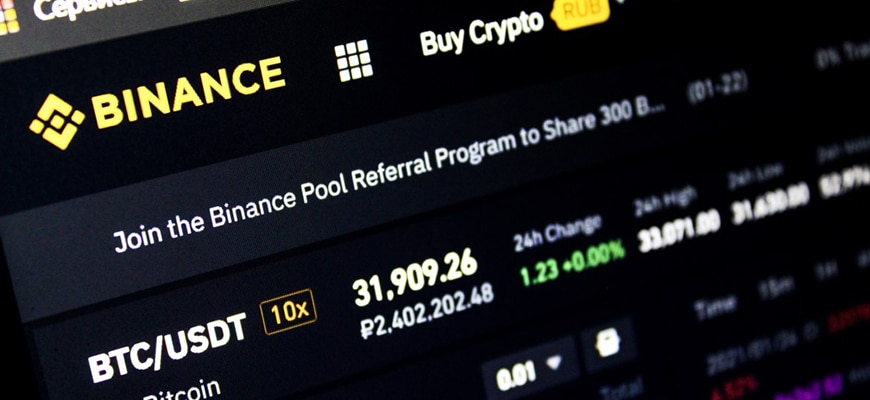ERC-948 is a new Ethereum token protocol designed to connect subscription businesses with customers and enable subscription-based transactions.
What is ERC-948?
ERC-948 is a new Ethereum token protocol designed to enable subscription-based transactions. Blockchain is changing business models whose interactions aren’t going to stop anytime soon. This is where ERC-948 comes in. More and more organizations are embracing blockchain. Engineers and blockchain enthusiasts are seeking to incorporate this technology into subscription models.
There is no shortage of Ethereum-based token and digital asset standards. Users will be able to use the opt-out feature. It will be possible to write a smart contract to withdraw tokens from users, as long as users ratify the contract first. These ideas open up many new possibilities for the use of subscription-based systems.
How the opt-out protocol works in ERC-928
From an economic perspective, the opt-out strategy would be the most effective – it equalizes the incentives of the customer and the provider. The protocol could look something like this.
Despite some obstacles, ERC-948 offers a fairly attractive and profitable environment for subscription providers. Blockchain is often a fairly adaptable technology – which means you don’t have to worry about problems arising because blockchain often finds suitable answers.
If a common standard for subscriptions is developed, it will attract even more user-oriented companies to blockchain technology. Many blockchain rhetoricians demonize the old and praise the new, but we need to watch for incentive structures that are proving to be effective in today’s economy, which undoubtedly includes the subscription economy.








